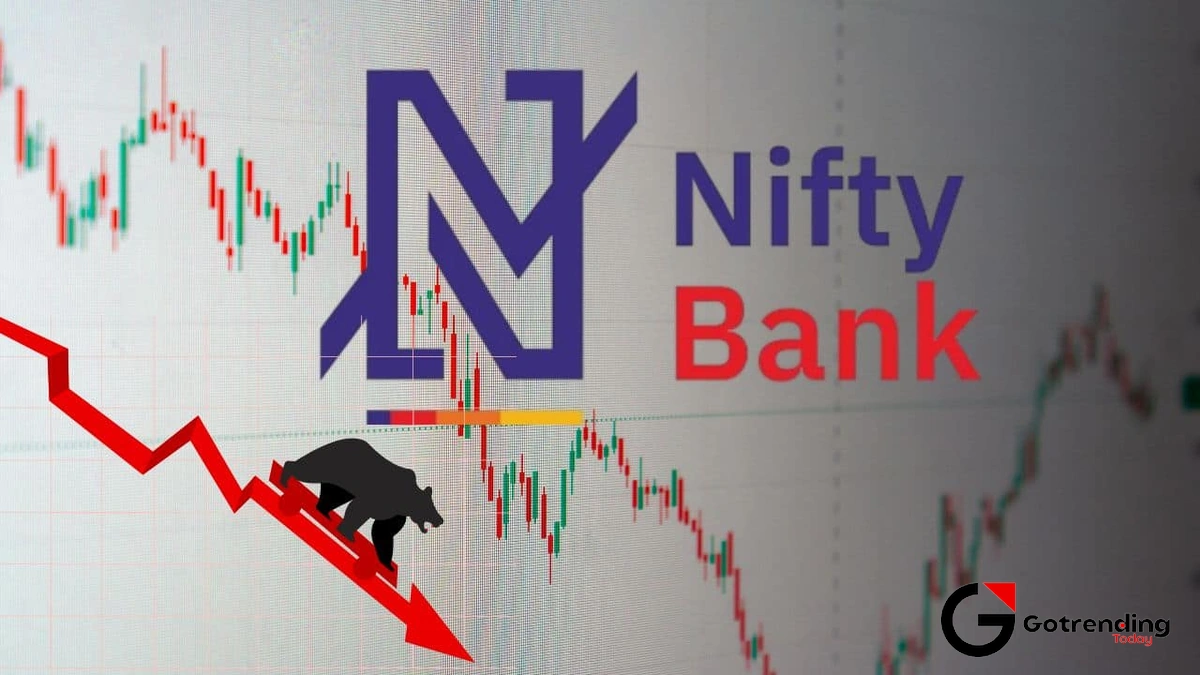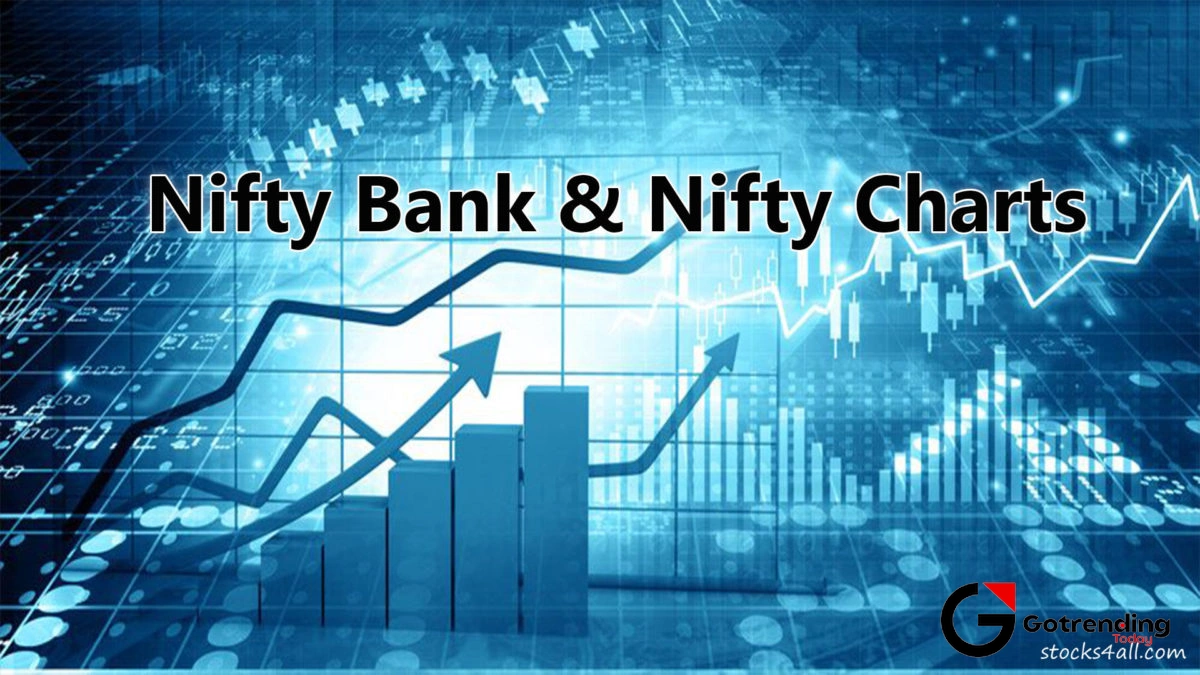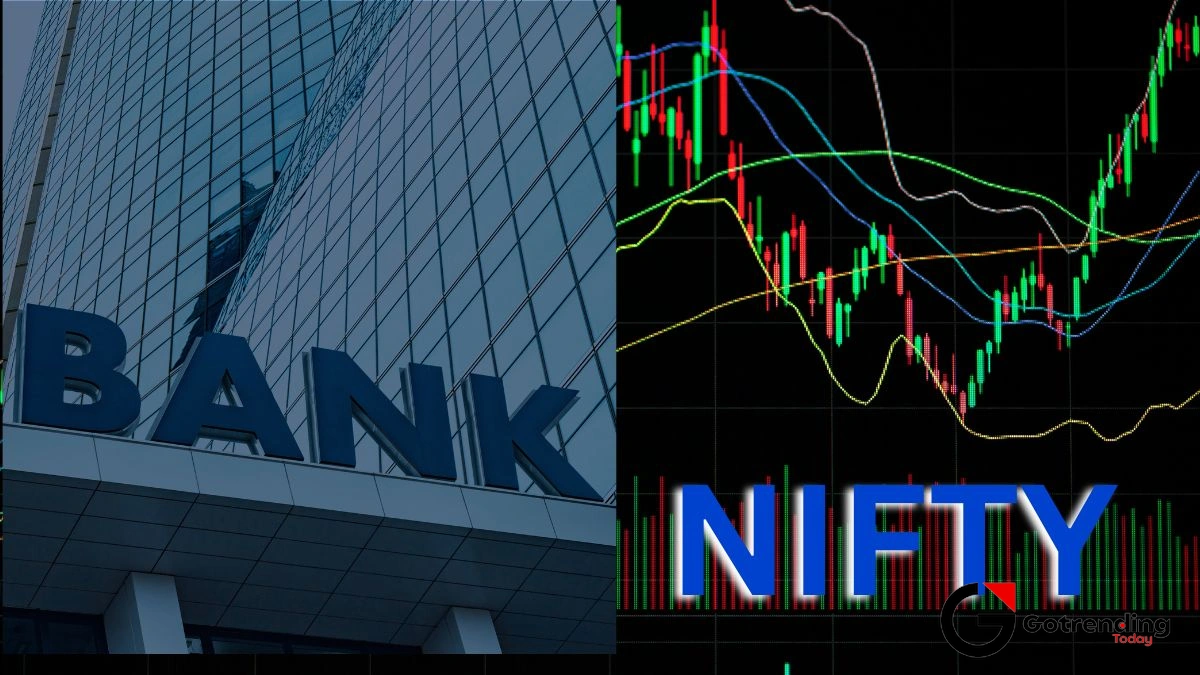The Nifty Bank | More Than an Index, It’s India’s Economic Heartbeat
I remember my first time watching the market on a Reserve Bank of India policy announcement day. The screen wasn’t just flickering; it was having a seizure. Red. Green. A 200-point drop in a blink, then a 300-point surge on a single sentence from the Governor. And at the epicenter of this beautiful, terrifying chaos was one name: the Nifty Bank .
Forget the broader, more stoic Nifty 50 for a second. The Nifty Bank is the market’s mood ring, its drama queen, its high-strung thoroughbred. It’s where the real action is. And honestly, whether you’re a seasoned trader or someone who just wants to understand the financial weather report, you need to get a handle on it. Because this isn’t just a number on a screen. It’s a story about the entire Indian economy .
So, What Exactly Is This Beast Called Nifty Bank?

Let’s ditch the textbook jargon for a moment. Think of the Nifty Bank index as a fantasy sports league, but for the biggest, most influential banks in India. The National Stock Exchange (NSE) created a team, and to get on it, a bank has to be big, heavily traded, and basically a household name. We’re talking about the titans: HDFC Bank, ICICI Bank, State Bank of India, Kotak Mahindra Bank, and their peers.
This isn’t just some random collection. These are the institutions that lend you money for your first car, your home loan, and the capital that lets small businesses grow into big ones. They are the circulatory system of the economy. So, when you look at the Nifty Bank, you’re not just looking at stock prices. You’re getting a real-time EKG of the country’s financial health.
And it’s a dynamic list. The components can change based on performance, which keeps the index relevant. You can always check the latest lineup and their specific rules on the official NSE website , which is something I’d recommend doing periodically. It’s fascinating stuff.
Why You Should Care (Even if You Never Buy a Single Share)

Here’s the thing. The Nifty Bank’s movements have consequences that ripple out far beyond Dalal Street. Because it’s made up entirely of banking stocks , it’s incredibly sensitive to things that affect our wallets directly.
Interest rate changes? The Nifty Bank will react instantly, sometimes violently. Government policy shifts? Budget announcements? It’s the first to tell you if the market loves or hates it. It’s a bellwether. A leading indicator. When the banks are confident and their stocks are rising, it generally means they’re lending, credit is flowing, and the economic engine is humming. When they get nervous, it’s often a sign of trouble ahead.
But let’s be real. The main reason traders are obsessed with it is its legendary volatility . This index can move more in a day than other indices move in a week. That volatility is a double-edged sword. It offers the potential for huge gains for those who know what they’re doing (and have the stomach for it), but it can also wipe out the unprepared. It’s not for the faint of heart, and that’s precisely its allure.
The Great Debate | Bank Nifty vs Nifty 50
I get this question a lot. What’s the difference, and which one matters more? The answer is: they both matter, but they tell you completely different things.
Think of it this way: The Nifty 50 is a well-balanced thali. You get a bit of everything – IT, financials, consumer goods, energy, pharma. It gives you a broad, diversified view of India’s corporate landscape. It’s the stable, long-term story.
The Bank Nifty vs Nifty 50 debate is simple. The Nifty Bank is a triple-shot espresso. It’s pure, concentrated, high-impact financial sector exposure. It’s all banks, all the time. This makes it much more focused but also much riskier. A piece of bad news for the banking sector will barely nudge the Nifty 50 but could send the Nifty Bank into a tailspin.
You watch the Nifty 50 to see how corporate India as a whole is doing. You watch the Nifty Bank to see what the “smart money” thinks about the immediate future of the economy. Sometimes, looking at a single company can provide context, for example, you can read a Jio Finance share price analysis to see how one financial entity is valued, and then compare that thinking to the entire sector’s mood via the Nifty Bank.
A Few Things You’re Probably Wondering
So, how can a normal person even start with Nifty Bank?
You don’t have to be a high-flying derivatives trader. The easiest and most sensible way for most people on how to invest in Nifty Bank is through Exchange Traded Funds (ETFs) or Index Funds. These are funds that simply buy all the stocks in the index in their exact proportions. You buy a single unit of the fund, and you own a tiny slice of all the top banks. It’s low-cost, diversified within the sector, and saves you from the nightmare of trying to pick individual winners and losers.
Isn’t this just a gambler’s playground for day traders?
It has that reputation, for sure, because of the volatility. But that’s a narrow view. Viewing the Nifty Bank purely as a short-term trading instrument is missing the bigger picture. It can also be a powerful long-term strategic investment. If you believe in the long-term growth story of the Indian economy, you are essentially betting that its financial backbone will strengthen over the next decade. In that context, holding a Nifty Bank ETF can be a very deliberate, strategic part of a portfolio.
Why does it jump around so much? It gives me anxiety.
Two main reasons. First, concentration. Unlike the Nifty 50, which has its risks spread across many sectors, the Nifty Bank has all its eggs in one basket: banking. Any news related to banking or finance hits it directly and with full force. Second, it’s hyper-sensitive to the RBI’s monetary policy. The slightest hint of an interest rate hike or cut can cause massive swings because it directly impacts bank profitability.
What’s this ‘Nifty Bank weightage’ thing I keep hearing about?
Ah, this is crucial. Not all banks in the index are equal. The Nifty Bank weightage means that bigger banks (by market capitalization) have a bigger say in the index’s movement. For example, HDFC Bank might have a weightage of over 25%, while a smaller bank in the index might have only 2%. This means a 1% move in HDFC Bank’s stock will move the entire Nifty Bank index far more than a 1% move in the smaller bank’s stock. It’s a bit of a meritocracy the biggest players have the most influence.
Shouldn’t I just buy HDFC and SBI stock directly?
You absolutely can, and many people do. But it’s a different strategy with different risks. When you buy the index, you’re diversified against “single-company risk.” If one bank has a bad quarter or a negative news event, the other 11 banks in the index can cushion the blow. If you only own that one stock, your entire investment feels the pain. Investing in the index is a bet on the sector; buying individual stocks is a bet on a specific company’s management and strategy, similar to how one might analyze an upcoming offering after reading a Lotus Developers IPO GMP report.
I’ve come to see the Nifty Bank not just as a financial tool, but as a character in India’s ongoing economic novel. It’s loud, it’s often irrational, and its mood swings can be exhausting. But it’s also honest. It doesn’t hide its feelings. It tells you, in no uncertain terms, what the most powerful financial institutions in the country are thinking, right now. And in a world full of noise, that kind of clarity however chaotic is priceless.













